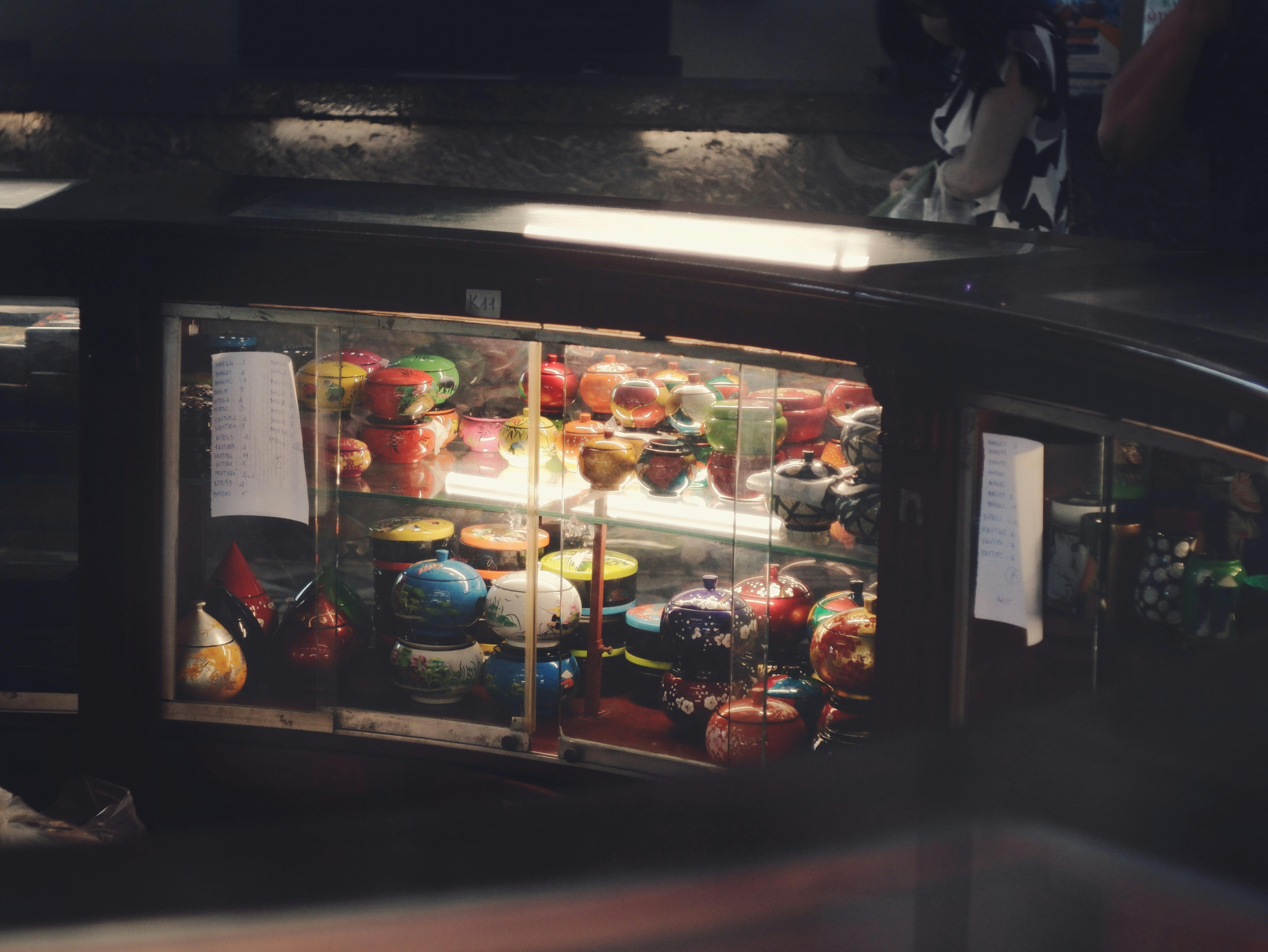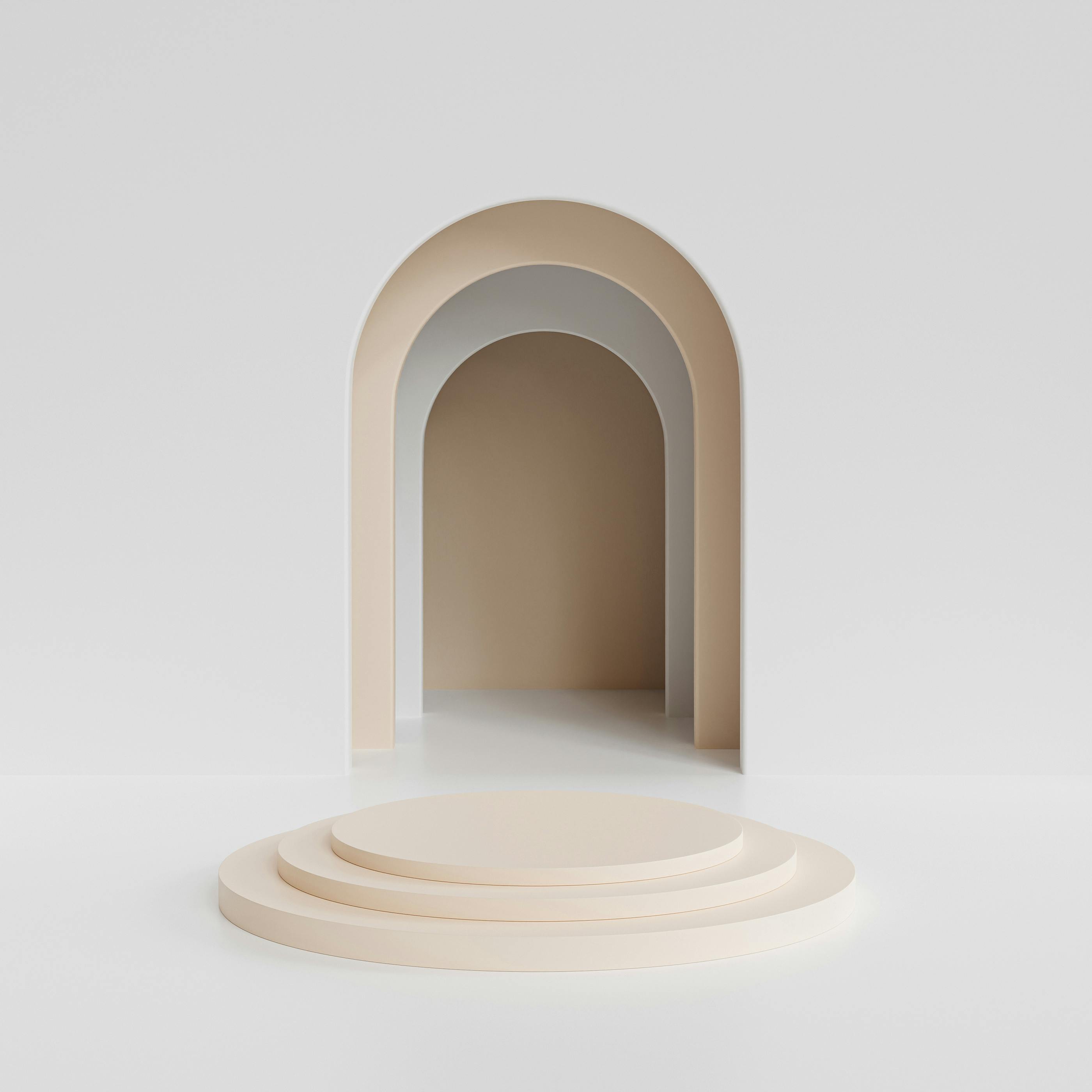How to Clean a Laptop Screen
Your laptop screen is an essential part of your computer and keeping it clean is important for optimal display and functionality. Dust, fingerprints, and smudges can accumulate over time, making it difficult to see clearly. In this section, we will guide you through the process of cleaning your laptop screen, ensuring it stays in pristine condition.
Materials Needed for Cleaning
Before you start, gather the following materials:
- Microfiber cloth
- Distilled water or screen cleaning solution
- Isopropyl alcohol (at least 70% concentration)
- Cotton swabs
Precautions before Cleaning
Before cleaning your laptop screen, make sure to:
- Turn off your laptop and unplug it from the power source.
- Allow the laptop screen to cool down before cleaning to prevent any damage.
- Avoid using any harsh chemicals or abrasive materials, as they can permanently damage the screen.
Step-by-Step Guide to Cleaning the Laptop Screen
- Start by removing any visible dust or dirt from the screen with a dry microfiber cloth.
- Moisten the cloth with distilled water or a screen cleaning solution, ensuring it is not dripping wet.
- Gently wipe the screen in a circular motion, applying light pressure. Avoid pressing too hard to prevent damage.
- If there are stubborn spots or fingerprints, dampen a cotton swab with isopropyl alcohol and carefully clean the affected areas.
- Once the screen is clean, use a dry microfiber cloth to remove any excess moisture.
Alternative Methods for Cleaning the Screen
If you don’t have a microfiber cloth or screen cleaning solution on hand, you can use alternative methods to clean your laptop screen. Some options include using a soft, lint-free cloth slightly dampened with water, or a mild soap solution. Just make sure to follow the same precautionary measures and avoid using excessive moisture.
By regularly cleaning your laptop screen and following these simple steps, you can ensure a clear and vibrant display, prolonging the lifespan of your device.

This image is property of images.pexels.com.
## Performing Screen Maintenance
Regularly maintaining your laptop screen is essential for keeping it clean and free from dirt, dust, fingerprints, and smudges. By following a few simple steps, you can ensure that your display remains crystal clear and vibrant.
Regular Dusting and Cleaning
To begin, gently wipe down your screen with a soft, lint-free cloth to remove any loose dust or particles. Avoid using abrasive materials, such as paper towels or tissues, as they can scratch the surface. For stubborn dirt or grime, dampen the cloth with a small amount of water or a screen cleaning solution specifically designed for electronics. Never spray any liquid directly onto the screen; instead, apply it to the cloth first.
Preventing Fingerprints and Smudges
Fingerprints and smudges can make your laptop screen look unsightly. To prevent this, try to avoid touching the screen with your fingers. If you find it difficult to resist, consider using a stylus pen or wearing clean gloves while operating your laptop.
Using Screen Protectors and Covers
Another way to protect your laptop screen is by using a screen protector or cover. These accessories act as a barrier against scratches, dust, and fingerprints. Be sure to choose one that is compatible with your laptop’s screen size and follow the manufacturer’s instructions for installation.
By regularly performing screen maintenance, you can extend the lifespan of your laptop screen and enjoy a clear, vibrant display for years to come.
Keeping the Display Clean
Creating a Clean Environment
The first step to maintaining a clean laptop screen is by ensuring that the environment in which you use your laptop is clean. Keep your workspace clean and free from dust and dirt. Regularly clean the area around your laptop, including the keyboard and the surrounding surfaces. This will prevent dirt particles from accumulating on your screen.
Keeping Food and Drinks Away from the Laptop
One of the main culprits for dirty laptop screens is spilled food and drinks. Accidental spills can not only damage your laptop but also leave stains on the screen. It is crucial to keep food and drinks away from your laptop to avoid any mishaps. Make it a habit to use your laptop away from eating areas and be cautious when having snacks or beverages nearby.
Avoiding Touching the Screen
While it may be tempting to touch and interact with your laptop screen, doing so can leave fingerprints, smudges, and oils that are difficult to remove. Avoid touching the screen as much as possible, and instead, use the trackpad or a touchscreen pen for navigation. If you need to clean the screen, use a microfiber cloth or screen cleaning solution specifically designed for laptops.
By implementing these habits, you can effectively keep your laptop screen clean and maintain its clarity and performance without any hassle. Remember, prevention is always better than cure when it comes to screen maintenance.

This image is property of images.pexels.com.
To effectively clean your laptop screen and perform regular screen maintenance, you will need a few basic materials. Here are the essential items you should have on hand:
Microfiber Cloth
A microfiber cloth is a gentle and non-abrasive option for cleaning your laptop screen. It effectively removes smudges, fingerprints, and dust particles without scratching the surface. Make sure to use a clean and lint-free cloth to prevent any potential damage.
Dust Blower
A dust blower is a handy tool for removing loose debris and dust from the crevices of your laptop screen. It’s particularly useful for getting rid of those hard-to-reach spots that accumulate dirt over time. Be sure to use it in a controlled manner to avoid blowing dust into the screen or other sensitive components.
Distilled Water
Distilled water is a safe and effective cleaning agent for your laptop screen. Avoid using tap water, as it may contain minerals or impurities that could leave streaks or damage the display. Pour a small amount onto your microfiber cloth and gently wipe the screen in a circular motion.
Isopropyl Alcohol
For stubborn smudges or sticky residue, you can use isopropyl alcohol. Mix it with distilled water in a 1:1 ratio and dampen your microfiber cloth with this solution. However, be cautious not to apply excessive pressure or use it too frequently, as alcohol can strip away the screen’s protective coating.
Cotton Swabs
Cotton swabs can come in handy for reaching tight corners and edges during the cleaning process. They allow for precise spot cleaning and help remove any remaining grime or dust particles that may have been missed with the cloth.
By gathering these materials, you’ll be well-equipped to clean your laptop screen effectively and keep it looking pristine. Remember to be gentle and use the appropriate materials to avoid causing any damage to the display. Regular screen maintenance will not only enhance your viewing experience but also prolong the lifespan of your laptop.

This image is property of images.pexels.com.
Cleaning your laptop screen is essential to maintain its clarity and functionality. However, before you start the cleaning process, it’s important to take a few precautions. This will ensure that you don’t damage your screen or cause any harm to yourself.
Turn Off the Laptop
Before you begin cleaning, turn off your laptop completely. This will prevent any accidents or mishaps that may occur while cleaning. It’s crucial to shut down the laptop properly to avoid any potential damage to the screen.
Disconnect the Laptop from Power Source
Ensuring that your laptop is disconnected from its power source is crucial before you clean the screen. This step will prevent any electrical accidents and keep you safe during the cleaning process. Remember, safety should always come first.
Remove Dust and Debris with a Dust Blower
To start the cleaning process, use a dust blower to remove any loose dust and debris from the screen surface. This step will prevent the accumulation of dirt and make the cleaning process easier.
Taking these necessary precautions will help to ensure that you clean your laptop screen effectively and without causing any harm to yourself or your device. So, before you dive into the cleaning process, make sure to follow these steps to keep your laptop screen in perfect condition.
Gently Wipe the Screen with a Dry Microfiber Cloth
To clean your laptop screen effectively, start by gently wiping it with a dry microfiber cloth. This soft cloth will help remove any dust or smudges without scratching the screen. Make sure to apply only light pressure to avoid damaging the display.
Dampen the Cloth with Distilled Water or Isopropyl Alcohol
For more stubborn stains or fingerprints, dampen the microfiber cloth with distilled water or isopropyl alcohol. These substances are gentle enough to use on the screen without causing any harm. However, it’s essential to never spray any liquid directly onto the screen, as it can seep into the internal components and cause damage.
Clean the Screen in Circular Motions
Using the dampened cloth, clean the laptop screen in circular motions. This technique helps to evenly distribute the cleaning solution and remove any grime or residue effectively. Be sure to cover the entire screen surface and pay extra attention to the corners and edges.
Dry the Screen with a Clean, Dry Microfiber Cloth
After cleaning, use a clean and dry microfiber cloth to gently dry the laptop screen. This step is crucial in preventing streaks or water spots from forming on the display. Again, ensure you apply only light pressure while drying.
Repeat if Necessary
If there are still stubborn stains remaining, repeat the cleaning process until the screen is free from any dirt or marks. However, always avoid excessive scrubbing or using abrasive materials, as this can damage the screen.
By following these step-by-step instructions, you can effectively clean your laptop screen, perform screen maintenance, and keep the display clean. Remember to regularly clean your screen to maintain its clarity and prolong its lifespan. If you don’t have access to a screen cleaning kit or prefer not to use it, there are alternative methods for cleaning your laptop screen. Here are two options you can try: using a screen cleaning spray or creating a homemade cleaning solution.
Using a Screen Cleaning Spray
Screen cleaning sprays are specifically designed for LCD screens and can effectively remove fingerprints, smudges, and dust. To use a screen cleaning spray, follow these steps:
- Power off your laptop and unplug it from the charger.
- Spray a small amount of the cleaning solution onto a microfiber cloth.
- Gently wipe the screen using the cloth, starting from the center and moving outward in a circular motion.
- Ensure there is no excess moisture on the screen by wiping with a dry section of the cloth.
Using a Homemade Screen Cleaning Solution
If you prefer a DIY solution, you can make your own cleaning solution using household items. Here’s how:
- Mix equal parts distilled water and white vinegar in a spray bottle.
- Lightly spray the solution onto a microfiber cloth.
- Wipe the screen gently in a circular motion, starting from the center and moving outward.
- Use a dry section of the cloth to remove any excess moisture.
Remember to always use a soft, lint-free cloth when cleaning your laptop screen and avoid using paper towels or abrasive materials that can damage the display.
Regular dusting and cleaning are essential to keep your laptop screen looking clean and to maintain its overall performance. Dust and dirt can accumulate on the screen over time, making it difficult to see clearly and potentially causing damage if not properly cleaned. Here are a few simple steps you can follow to ensure your laptop screen stays in tip-top shape.
Use a Soft Dusting Brush or Dust Blower
Start by gently removing any loose dust or dirt particles using a soft dusting brush or a dust blower. Be sure to turn off your laptop and disconnect it from any power source before beginning this process. Gently brush the screen in small, circular motions to dislodge any debris, and use the dust blower to blow away any stubborn particles that may be harder to reach.
Wipe the Surface with a Microfiber Cloth
Once the loose dust has been removed, take a clean microfiber cloth and lightly dampen it with water or a screen-cleaning solution specifically designed for electronic devices. Be sure to wring out any excess liquid before wiping the screen to prevent any moisture from seeping into the device. Gently wipe the surface of the screen in a horizontal or vertical motion, applying minimal pressure to avoid scratching the screen.
By regularly dusting and cleaning your laptop screen using these simple techniques, you can ensure a clear and vibrant display, and prolong the lifespan of your device. So, don’t forget to give your laptop screen some TLC every now and then! Your laptop screen can quickly accumulate fingerprints and smudges, affecting its clarity and overall appearance. However, by following some simple tips, you can prevent fingerprint marks and keep your display clean.
Avoid Touching the Screen with Fingers
One of the easiest ways to avoid fingerprints is to refrain from touching the screen directly with your fingers. While it may be tempting to point at something or swipe the screen, the natural oils on your fingertips can leave residue behind. Instead, use the touchpad or an external mouse to navigate your laptop.
Use a Stylus or Nitrile Gloves when necessary
If you need to directly interact with the screen, consider using a stylus. A stylus allows you to navigate and interact without leaving fingerprints. Alternatively, you can wear nitrile gloves, which provide a barrier between your fingers and the screen. Remember to clean the stylus or gloves regularly to prevent transferring dirt or residue.
By implementing these preventive measures, you can significantly reduce the accumulation of fingerprints and ensure your laptop screen remains clean and clear.
As tempting as it may be, touching the laptop screen is a big no-no if you want to keep it clean and scratch-free. Fingerprints, smudges, and oils from your skin can cause a buildup of dirt and grime, affecting the display quality. Here are some tips to help you avoid touching the screen:
Train Yourself and Others to Avoid Touching the Screen
Remind yourself and others who use your laptop to resist the urge to touch the screen. Encourage the use of alternative methods for interacting with the laptop, such as using the touchpad or a stylus pen.
Use Keyboard Shortcuts or External Devices for Navigation
Instead of reaching for the screen to perform actions, familiarize yourself with keyboard shortcuts for tasks like scrolling, zooming, or opening new tabs. If possible, connect a mouse or trackpad for precise navigation, minimizing the need to touch the screen.
By implementing these precautions, you can reduce the chances of smudging your laptop screen and keep it looking clean and pristine for a longer period. Remember, prevention is key to maintaining a clear and vibrant display.
